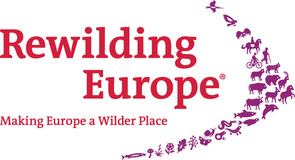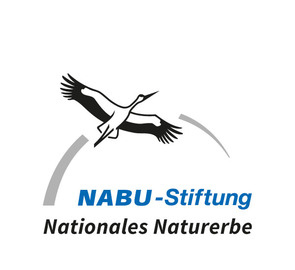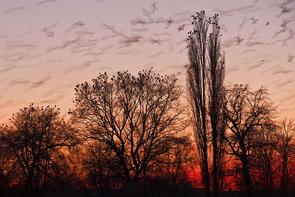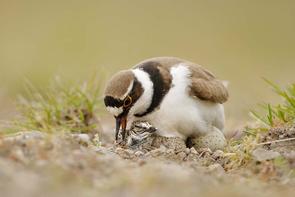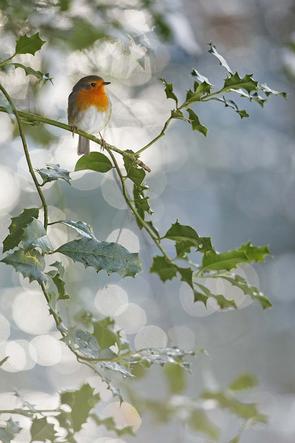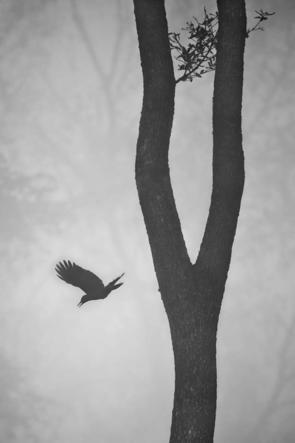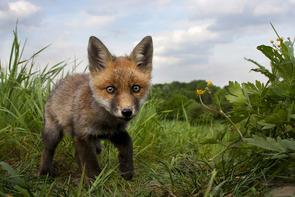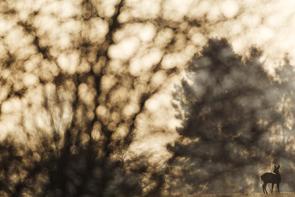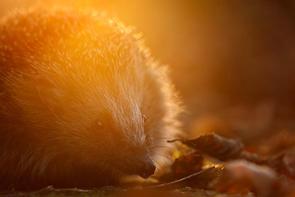Winner: Hermann Hirsch – Germany
Hermann Hirsch, 19 years old, lives in Dortmund, in the heart of the Ruhr region. He was acquainted to nature by his parents from a very early age. The love for the local sometimes hidden flora and fauna generated in his childhood has never left him since. After a while working with NABU (Nature and Biodiversity Conservation Union), he took up nature photography in early 2009 at the age of 15 to show other people the hidden treasures of the Ruhr region, thus encouraging efforts of conservation and protection. Slowly the hobby turned into a great passion. As far as possible Hermann travels Europe to experience and photograph the natural world of varied regions beyond his home town. He finished school in March 2013 gaining university entrance qualification and since then has been gathering experience in different professional fields. Whatever will be the result of his ventures, there is one thing for sure: nature photography and his love for nature will always have a place in his life.
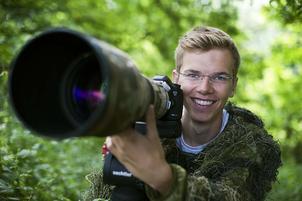
Project: The wilderness of the Ruhr region
The German Ruhr region - for many this is the epitome of urban life. Grey concrete structures, coal mines and industrial areas stand out everywhere. Here, nature has very little space to unfold and is very little taken care of. But when you walk around this region with open eyes - like me - you will come across beautiful oases of nature with unexpected animals at almost every corner. Nature returns. To highlight this contrast I have specifically avoided including urban elements in my images giving the "wilderness of the Ruhr region" centre stage. In particular former industrial estates and drainage ditches, which animals avoided previously, now develop into suitable retreats for various species. In contrast to the past, people increasingly realize the significant value of nature and the natural world and the need and importance of protecting them. With this portfolio I try to further advance nature conservation in my home region and hope to open as many people's eyes to the beauty of our local nature as possible.
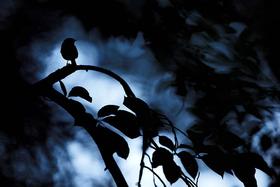
Hidden in the thicket
Searching for food they can often be seen hopping along the ground. But as soon as night falls, the robins retreat to the shrubs for safety to sing their typical tuneful songs.
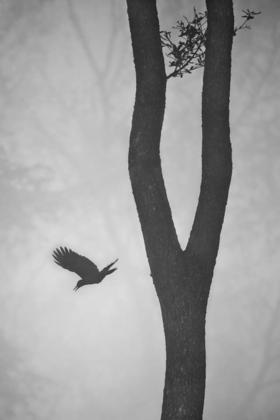
The magic forest
In the Ruhr region the black woodpecker is unfortunately an endangered species and hardly ever to be seen in the cities. If you do hear or see it, the fascination it generates is long-lasting.
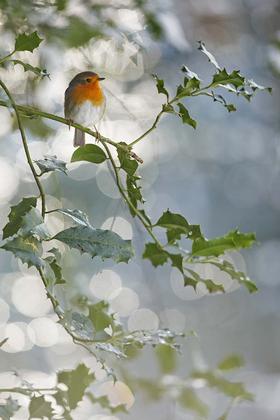
A Splash of colour
In winter robins seem to be even more radiant than usual.
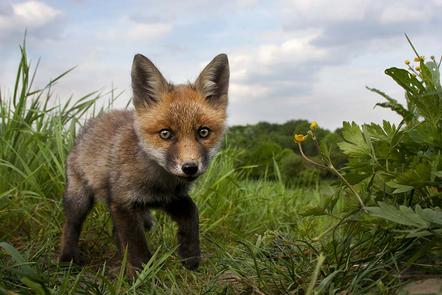
Daring
Straight ahead a railway line, a housing estate to the left, a principal road to the right, the city is at my back. Foxes are not very picky when it comes to choosing their habitat. A quiet little spot is sometimes enough to raise a whole litter of cubs.
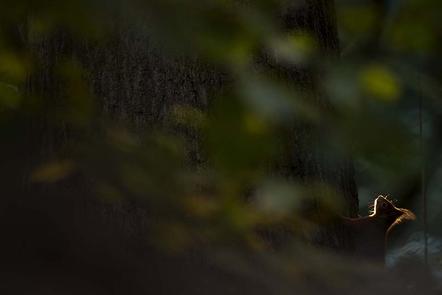
Skilful climber
Squirrels are probably among the most eloquent climbers of our area. They have no trouble going up any tree and any bush, and sometimes they even conquer the walls of houses.
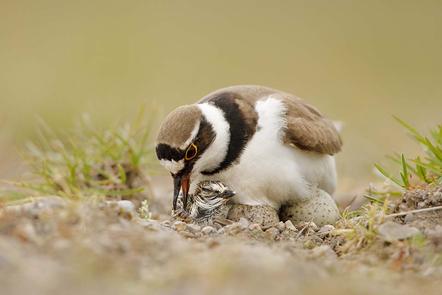
Industrial wasteland
The little ringed plover feels at home in an industrial wasteland with poor vegetation. In fact, these areas present the most common breeding places of this species in North Rhine-Westphalia. Unfortunately, this choice of nesting place often leads to a total loss of a nest due to heedless walkers and free-roaming dogs.
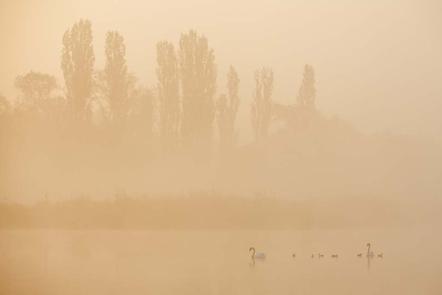
Areas of mining subsidence
Over the years coal mining in the Ruhr region has caused various areas of mining subsidence. Often these areas fill up with water creating new habitat for many water birds.
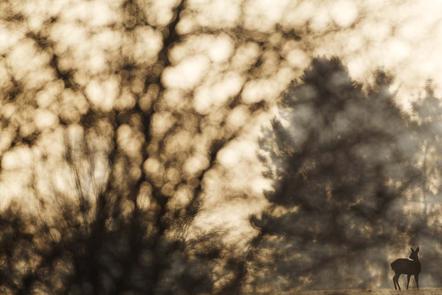
Synanthropes
In many places roe deer do suffer from a rapid loss of habitat, but a hidden mode of life and the use of agricultural areas help them to adapt.

The garden resident
One or two hours after sunset hedgehogs leave their day-time hiding places and roam suburban gardens looking for food.
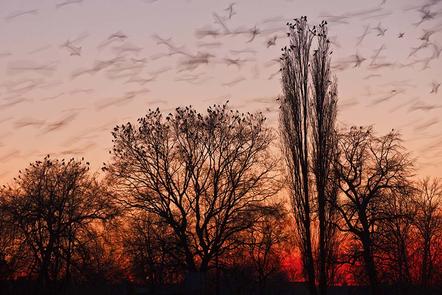
Primates of the air
Although birds of the crow family have an extremely bad reputation and are even considered a messenger of death, they are actually among the most clever birds. Especially in winter there is plenty of opportunity to observe great flocks of these beautiful birds.









